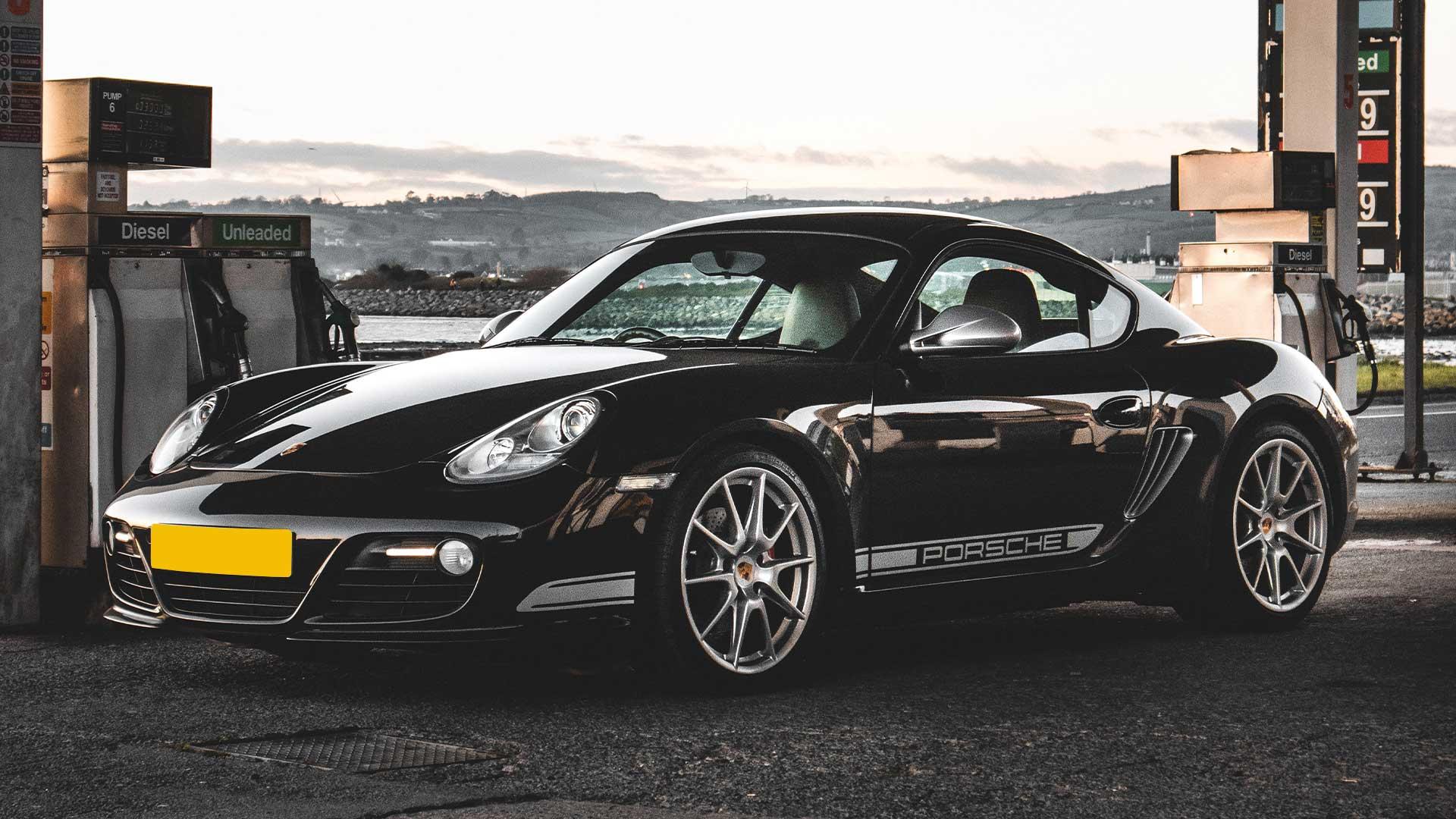If you search for some E10 fuel, you’ll actually find few good things from the car enthusiast. The stuff is said to be cheaper, corrode pipes and draw water, which results in white grime and a rough engine. But why are car enthusiasts themselves so fond of E85? And why do cars make more horsepower with that stuff? You’d say that too much ethanol in your fuel is only worse, right?
To begin with, the counter-arguments actually stand. Ethanol still attracts moisture and not all cars will respond well to the stuff. And ethanol contains even less energy than pure gasoline. The difference is that you can get more power out of cars if you tune them specifically to run on E85 gasoline.
Cheaper, more power
To be clear: E10 gasoline is made up of up to 10 percent ethanol and E85 is made up of no less than 85 percent. Because there is less energy in ethanol than in gasoline, an engine with E85 is less economical than gasoline without ethanol. But by tuning the engine to fuel, you can get more power out of it. therefore, the Koenigsegg Jesko normal petrol 1,280 hp and ethanol 1,600 hp.
Gasoline with 85 percent ethanol has a high octane rating, sometimes as high as 105. Without going too deep into it, this means you can tune your engine with less margin without breaking things (due to detonation /pinging, for enthusiasts). Ethanol also has a greater cooling effect on the engine.
Perfect for racing
E85 ignites faster, which creates more pressure in the cylinders and therefore more power. As a result, the turbos also start up faster which in turn provides more power. All properties that make you take for granted, for example in racing, the greatest consumption.
Ethanol is (if you get it right, and there’s some discussion about it at the moment) green to produce, or at least CO2 neutral. In our corner of Europe, E85 is not yet common, but in Brazil and Sweden you come across it quite regularly. In the Netherlands there are a handful of petrol stations that offer the stuff. But again: Don’t just throw it in your tank.


